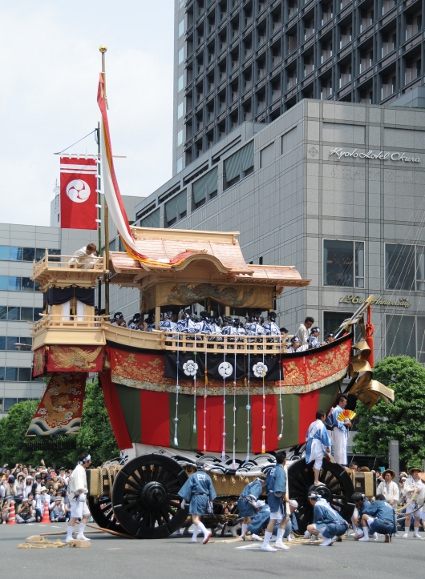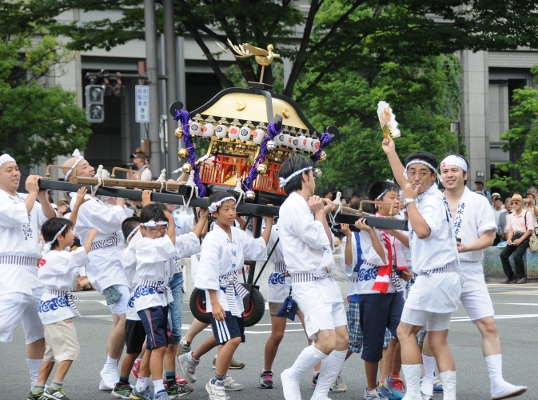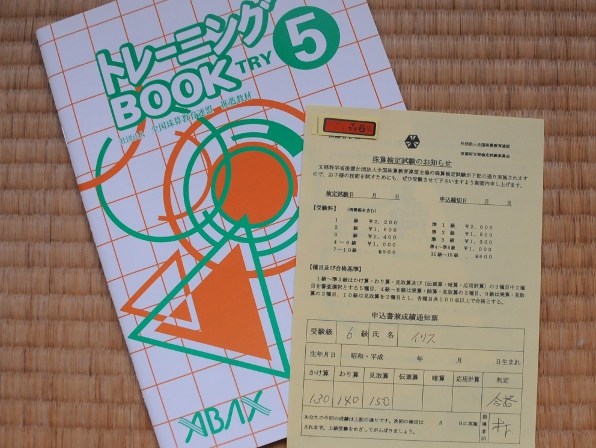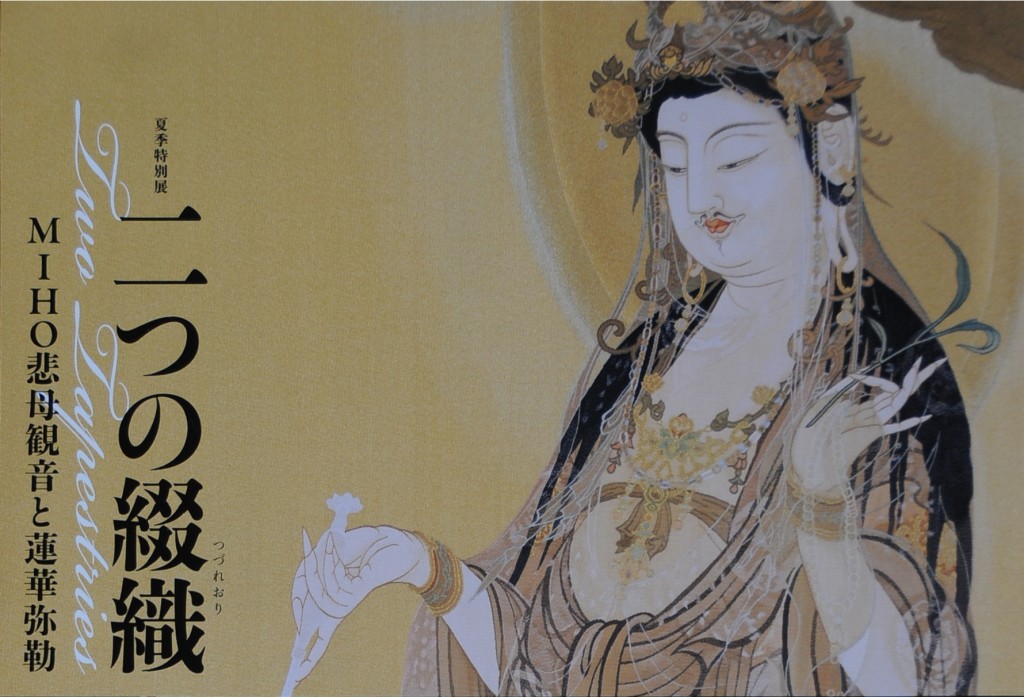Yesterday was another busy day, it was the day of Ato Matsuri, the second parade of Gion Festival. It has ten floats, somewhat smaller than those of the first, the Saki Matsuri parade that happened one week prior, and although it takes the same route, it does so in the other direction. At the very end of the Ato Matsuri parade, there was a newly constructed O-fune yama, a boat-shaped float that always comes at the end of the procession. It is based on the traditional O-fune yama which unfortunately had burnt down a number of years ago and, as there was already a Fune-yama to end Gion Matsuri, it was not needed for the last 50 years and thus had not been rebuilt. This year, however, it had its reappearance and a new boat was built – for a total of 120 million yen – and decorated with some of the old tapestries that had survived the fire. You could immediately tell that there was something special about this float – you could still smell the new wood used in its construction.
Right after the ten floats, there came the floats of the so-called Hanagasa, the flower hat or flower umbrella procession, which starts from Yasaka shrine, goes through the inner city, joins the Ato Matsuri parade for two streets and then returns to Yasaka shrine. In the beginning, there were a number of small children carrying small mikoshi, probably some of the many deities that reside in Yasaka shrine. It seemed that the kids had big fun, and they even tried to emulate the mikoshi carrying of the adults by lifting the mikoshi onto their shoulders. 
Behind them, there came a number of more serious adults dressed in beautiful kimono or other traditional garb and accompanying little floats decorated with flowers and umbrellas. They were beautiful, but, to be honest, I would have preferred to see real flowers rather than the obviously artificial ones that were used.
I met with a friend at 8:30, one hour before the start of the procession, and although there were not so many people as a week ago, we were lucky to still get a place in the third row at one of the street corners. The whole parade took about 2 hours to pass us by, and once again my friend was very taken by the turning of the large hoko around the corner. Unfortunately, after standing in a tight spot for all but three hours, I had developed a terrible backache, and I was very happy that the parade was over and we could go to lunch – sushi again, in the same restaurant as the week before.
My friend then went home to Kobe, until Osaka he planned to ride his bike along the river, I hope everything turned out as he had planned. I went home also, and because of the backache (which lasted well into the night, I am obviously getting old), I did not attend soroban class that evening, and I also skipped the Kanko-Sai, the returning of the three mikoshi to Yasaka shrine in the night.





